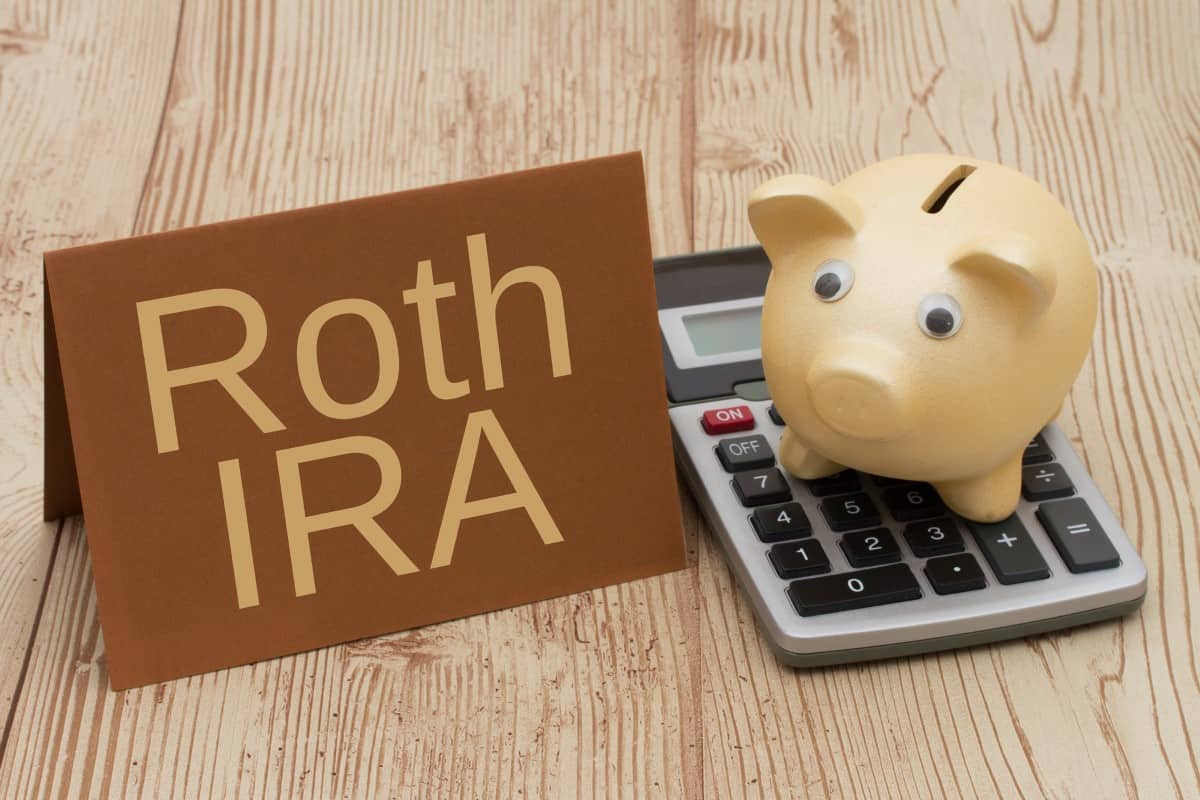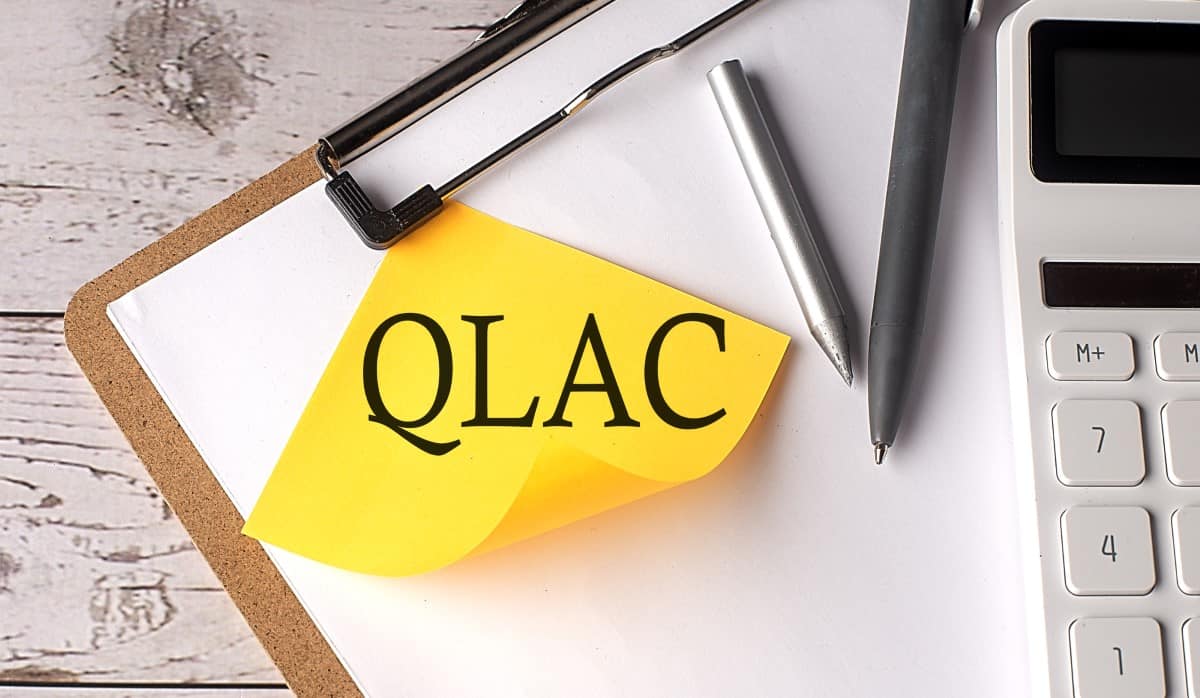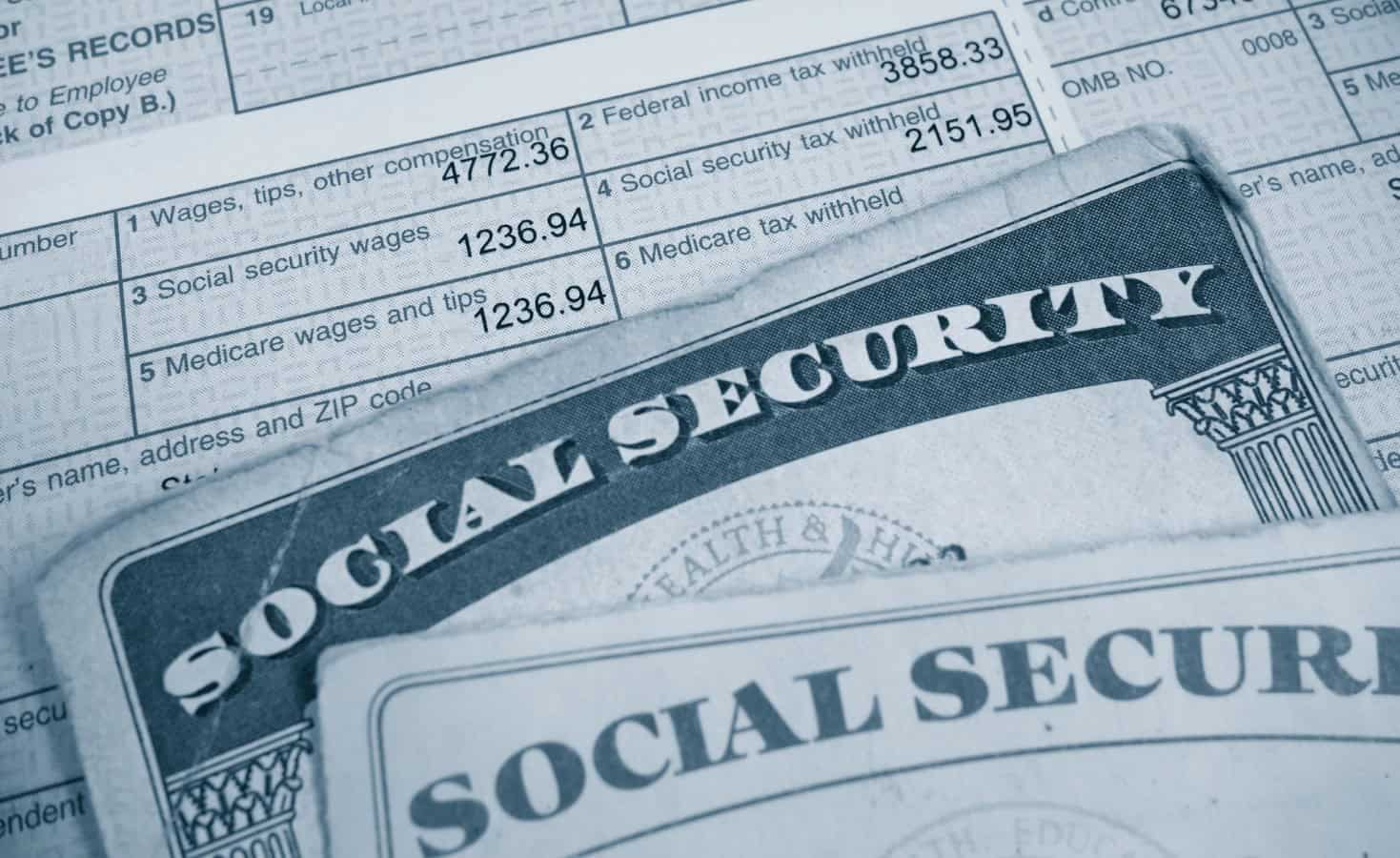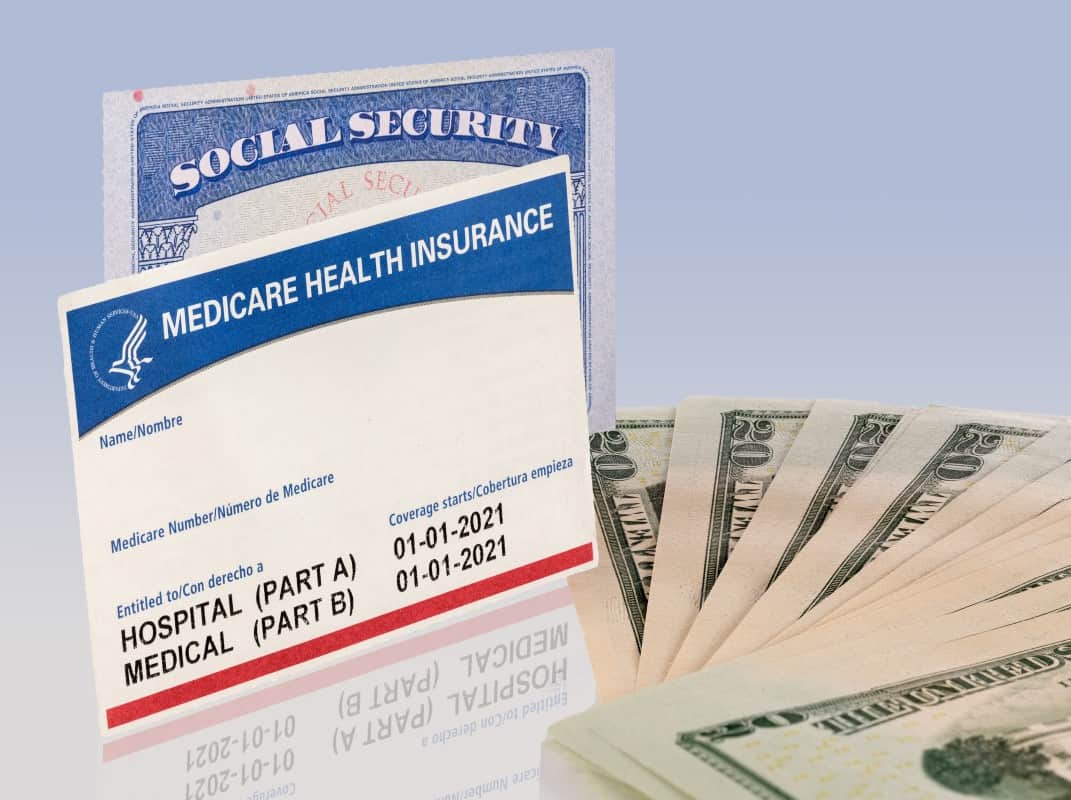SECURE Act 2.0 and Its Impact on Your Retirement Savings: What You Need to Know

Three years post the transformative SECURE Act, its successor, SECURE Act 2.0, extends access to retirement plans and benefits.
Updates feature automatic enrollment in workplace plans, increased catch-up contributions for seniors, and expanded savings avenues for part-time workers. It also improves emergency savings access, aiming to bolster financial security. Here’s an overview of the latest provisions impacting retirement planning in America.
Automatic 401(k) and 403(b) Enrollment

Starting in 2025, employers will be mandated to automatically enroll their employees in 401(k) and 403(b) plans with a rate of at least 3% but at most 10%. This automatic contribution rate should progressively increase by 1% each year until it reaches at least ten but at most 15% for the employee’s wages.
A worker can contribute more if they choose to, as long as it does not exceed any other imposed limits.
Small businesses with a staff of 10 or fewer and fledgling companies in operation for no more than three years are excluded from the mandate.
Overall the provision is a net positive since automation of savings or investing has been shown to improve participation. Also, the 401(k) and 403(b) plans are excellent retirement tax-saving vehicles.
Increased RMDs Age

The bill will raise the minimum required withdrawal age from 72 to 73 in 2023 and then again to 75 by 2033. Unfortunately, those already receiving Required Minimum Distributions (RMDs)will not be exempt from this law change.
Many seniors are living longer, and some are even taking up low-stress retirement jobs to supplement their income and keep themselves engaged. Postponing the RMDs will let your nest egg grow.
Individuals with high paying jobs often accumulate a lot of money in pre-tax accounts. The amount of RMDs could impact individuals for Social Security or Medicare.
The increased RMD age provides additional choices for retirement distribution.
Penalty Lowered for Missed RMDs

With SECURE Act 2.0, you won’t have to worry as much about accidentally missing your required minimum distribution (RMD). Instead of the previous 50% penalty for forgetting an RMD on time, you will only pay 25%. If you discover and correct your mistake after the fact, the punishment is even lighter – just 10%!
A small change that goes a long way in protecting your financial security. The current RMD penalty rules were draconian, so Congress has stepped in to reign in the severe penalties.
Understanding the RMD rules and lowering your pre-tax account balance is an important part of retirement planning.
RMD Rules for Roth 401(k)s Changed

Roth 401(k) accounts combine features of Roth IRAs and traditional 401(k)s. Although Roth IRAs currently possess no RMDs for the original account holder, that was not necessarily true for Roth 401(k)s prior to the passage of the SECURE Act.
Fortunately, the RMD requirement will be removed for Roth 401(k)s starting in 2024 and onward, allowing more people to benefit from these accounts without worrying about pre-death distributions.
Matching for Roth Accounts

Employers can now give their workers the choice of receiving vested matching contributions to Roth accounts, a remarkable difference from the pre-tax basis for matches in employer plans.
Contributions to a Roth retirement plan are taxed before funds enter the account; however, all earnings grow tax-free after that point!
Higher “Catch-Up” Contributions for Older Workers

With the current law, you can add an additional $7,500 for 2023 into your IRA, 403(b), or 401(k) after age 50.
However, SECURE 2.0 plans to make it even better. Starting in 2025, any savers between the ages 60-63 will have increased limits to the greater of $10,000 or 50% more than the regular catch-up amount.
What’s more? All catch-up contribution limits will adjust with inflation. Also, catch-up contributions will receive the Roth treatment (tax-free growth and withdrawal) except if you earn $145,000 or less!
More Employer 401(k) Match Options

Employer matching contributions kick in only when the employee contributes to the 401(k). Unfortunately, many employees need more money to pay off student loans and contribute to their 401(k). Consequently, these employees skip 401(k) contributions and lose the employer match.
The new provision permits employers to consider qualified student loan payments equivalent to 401(k) contributions making them eligible for the match.
Access to Emergency Savings

Beginning in 2024, individuals under 59 1/2 can withdraw up to $1,000 from their retirement account for emergency expenses without the customary 10% tax penalty on early withdrawals. Nonetheless, penalties may apply if you do not replenish these funds within three years and require another withdrawal due to a similar circumstance.
Companies may allow their employees to set up emergency savings account through automatic payroll deductions, with an upper limit of $2,500 per annum and the first four withdrawals in a year free from taxes and penalties.
With the right plan rules in place, contributions may be qualified for employer matching. Not only does this provide participants with penalty-free access to funds, but an emergency savings fund can also encourage them to save up for urgent and unforeseen expenses.
Part-Time Workers’ Access to Retirement Accounts

The original SECURE Act demanded that companies offer their 401(k) to part-time staff who worked 500 to 999 hours for three consecutive years. With SECURE 2.0, this period has been reduced to two years! Furthermore, employers must make the 401(k) available if employees log 1,000 hours or more annually.
Federal Matching Contribution for Lower-Income Retirement Savers

The 50/30/20 budget rule works excellent for retirement savings as long as you earn a decent income. However, with low-income earners, saving for retirement takes a lot of work to add to their budget template.
To incentivize retirement savings among low- and moderate-income individuals, the government is providing a Saver’s Match Program. Under this program, taxpayers can receive a 50% match on up to $2,000 of their annual retirement contributions.
More than 108 million US citizens could be eligible to take advantage of the Saver’s Match that can directly deposit funds into their retirement account, creating an opportunity for moderate-income earners to boost their retirement savings significantly.
Unused 529 Funds

Families and students are hesitant to fund their 529 accounts to the necessary levels required for educational expenses due to fears of non-qualified withdrawals resulting in penalties leaving excess funds trapped. Consequently, this has resulted in a delay or even refusal to contribute towards paying the increasing cost of education.
The new proposed provision will permit individuals to roll over and transfer up to $35,000 from their 529 college savings accounts into a Roth IRA without incurring any taxes or penalties. Furthermore, these transfers are subject to the annual limits for Roth contributions.
Overall a great option if you have unused 529 plan funds.
Families who have diligently saved in 529 accounts should not be hit with tax and penalty years down the line simply because their beneficiary has secured another way to cover tuition. Instead, they should be allowed to keep their savings and start early on building towards a secure retirement.
Military Spouses’ Access to Retirement Plans

With SECURE 2.0, small businesses can take advantage of credits allowing military spouses to join their plan immediately and benefit from employer matches that vest.
The maximum tax credit of $500 combines (1) $200 for each military spouse and (2) 100 percent reimbursement of up to $300 from employer contributions. Every military spouse is eligible for this tax credit for three consecutive years – however, it does not apply to individuals with high salaries.
Incentives for Small Businesses

The Survey of Consumer Finance conducted by the Federal Reserve indicated a higher average net worth for self-employed individuals compared to employees.
The USA is the land for entrepreneurs, and small businesses are the economy’s lifeblood.
This bill provides significant incentives for small businesses to establish retirement savings programs for their staff and offers a 100% tax credit to encourage the development of workplace retirement plans by those business entities.
If your business holds up to 50 employees, you are eligible for the entire additional credit. The amount of tax relief gradually decreases if you have between 51 and 100 staff members. In the initial two years, a 100% credit is available; in year three, this drops to 75%; 50% for year four; and 25%, should you still qualify, for the fifth. After that, no additional benefits are applicable.
Furthermore, Simple IRAs will now be able to accept Roth contributions.
Qualified Charitable Distributions (QCDs)

SECURE Act 2.0 grants an opportunity to those who wish to donate generously by allowing them access to a one-time, $50,000 distribution spread throughout charitable gift annuities, charitable remainder unitrusts, and charitable remainder annuity trusts.
Moreover, the annual IRA charitable distribution limit of $100,000 is adjusted for inflation.
Qualified Longevity Annuity Contract (QLAC)

Qualified Longevity Annuity Contracts (QLACs) are a form of deferred annuities that commence payments at the end of an individual’s expected lifespan. Because they begin so far along, QLACs provide retirees with a cost-effective way to safeguard against outliving their assets in 401(k) ‘s and IRAs.
The SECURE Act 2.0 recently increased the maximum amount you can invest in a QLAC from $135,000 or 25% of your retirement accounts (whichever is less) to an impressive new limit of $200,000.
Would SECURE Act 2.0 Help the Retirement Crisis in America?

SECURE 2.0 will enable more workers to have workplace retirement plans and an income stream in retirement. Many individuals have yet to use their working years to invest in income-producing assets. Consequently, they do not have any investments for monthly income to augment their Social Security in retirement.
This much-discussed package of modifications to retirement savings regulations has been formulated to help Americans establish a secure retirement fund while reducing the cost of withdrawing these saved funds.
The SECURE Act 2.0 has granted even more freedom to those who must withdraw money from retirement savings, especially for victims of domestic abuse, natural disasters, and financial strife. You will not be penalized for early withdrawal during these difficult times as long as you meet the criteria outlined in this law.
An invaluable advantage made available is the development of a lost and found database for 401(k) and pension plans, so people can quickly identify where their retirement savings are stored.
Overall, SECURE Act 2.0 has several positive aspects and does not upend retirement planning as SECURE Act 1.0 did by eliminating the Stretch IRA.
Like Financial Freedom Countdown content? Be sure to follow us!
Maximize Your Benefits: Essential Social Security Strategies for Singles

While singles may have fewer Social Security filing options than married couples, smart planning around when to claim benefits can pay off for anyone, including those flying solo.
Maximize Your Benefits: Essential Social Security Strategies for Singles
Top 10 Global Hotspots with the Fastest-Growing Millionaire Populations Revealed, Only 3 U.S. Cities Make the Cut

Henley and Partners have identified and ranked the global cities with the highest concentration and fastest growth of millionaires, centi-millionaires, and billionaires for 2023. Below is a list of the top 10 cities.
The 10 States Taxing Social Security in 2024 and the 2 That Just Stopped

As 2023 tax filing season draws to a close, retirees across the nation are adjusting their financial plans for 2024, but a crucial detail could drastically alter the landscape of retirement living: the taxing of Social Security benefits. While many bask in the belief that their golden years will be tax-friendly, residents in specific states are facing a reality check as their Social Security benefits come under the taxman’s purview. Conversely, a wave of relief is set to wash over two states, marking an end to their era of taxing these benefits. This shift paints a complex portrait of retirement planning across the U.S., underscoring the importance of staying informed of the ever changing tax laws. Are you residing in one of these states? It’s time to uncover the impact of these tax changes on your retirement strategy and possibly reconsider your locale choice for those serene post-work years. Here are the 9 states taxing social security benefits.
The States Taxing Social Security in 2024 and the 2 That Just Stopped
Shift From Employee to Investor Mindset with the Cashflow Quadrant Methodology by Robert Kiyosaki

Countless systems have been established that provide a much better understanding of what income generation is, how it can be used, and how individuals can organize their financial life as they work towards financial freedom. One of the more successful and better-known examples of financial education is the Cashflow Quadrant, the book by Robert Kiyosaki. Rich Dad’s Cashflow Quadrant was revolutionary for the way it organized money and helped people better learn how to increase their income. As the name implies, there are four quadrants within the Cashflow Quadrant. By mastering each of the four categories – or specializing in one – a person can increase their revenue stream and ultimately make more money.
Shift From Employee to Investor Mindset with the Cashflow Quadrant Methodology by Robert Kiyosaki
Retire Abroad and Still Collect Social Security? Avoid These 9 Countries Where It’s Not Possible

Dreaming of retiring to a sun-drenched beach or a quaint village? Many Americans envision spending their golden years abroad, savoring the delights of new cultures and landscapes. However, an essential part of this dream hinges on the financial stability provided by Social Security benefits. Before packing your bags and bidding farewell, it’s crucial to know that not all countries play by the same rules when it comes to collecting these benefits overseas. Here are the nine countries where your dream of retiring abroad could hit a snag, as Social Security benefits don’t cross every border. Avoid living in these countries so your retirement plans don’t get lost in translation.
Retire Abroad and Still Collect Social Security? Avoid These 9 Countries Where It’s Not Possible

Did you find this article helpful? We’d love to hear your thoughts! Leave a comment with the box on the left-hand side of the screen and share your thoughts.
Also, do you want to stay up-to-date on our latest content?
1. Follow us by clicking the [+ Follow] button above,
2. Give the article a Thumbs Up on the top-left side of the screen.
3. And lastly, if you think this information would benefit your friends and family, don’t hesitate to share it with them!

John Dealbreuin came from a third world country to the US with only $1,000 not knowing anyone; guided by an immigrant dream. In 12 years, he achieved his retirement number.
He started Financial Freedom Countdown to help everyone think differently about their financial challenges and live their best lives. John resides in the San Francisco Bay Area enjoying nature trails and weight training.
Here are his recommended tools
Personal Capital: This is a free tool John uses to track his net worth on a regular basis and as a retirement planner. It also alerts him wrt hidden fees and has a budget tracker included.
Platforms like Yieldstreet provide investment options in art, legal, real estate, structured notes, venture capital, etc. They also have fixed-income portfolios spread across multiple asset classes with a single investment with low minimums of $10,000.





